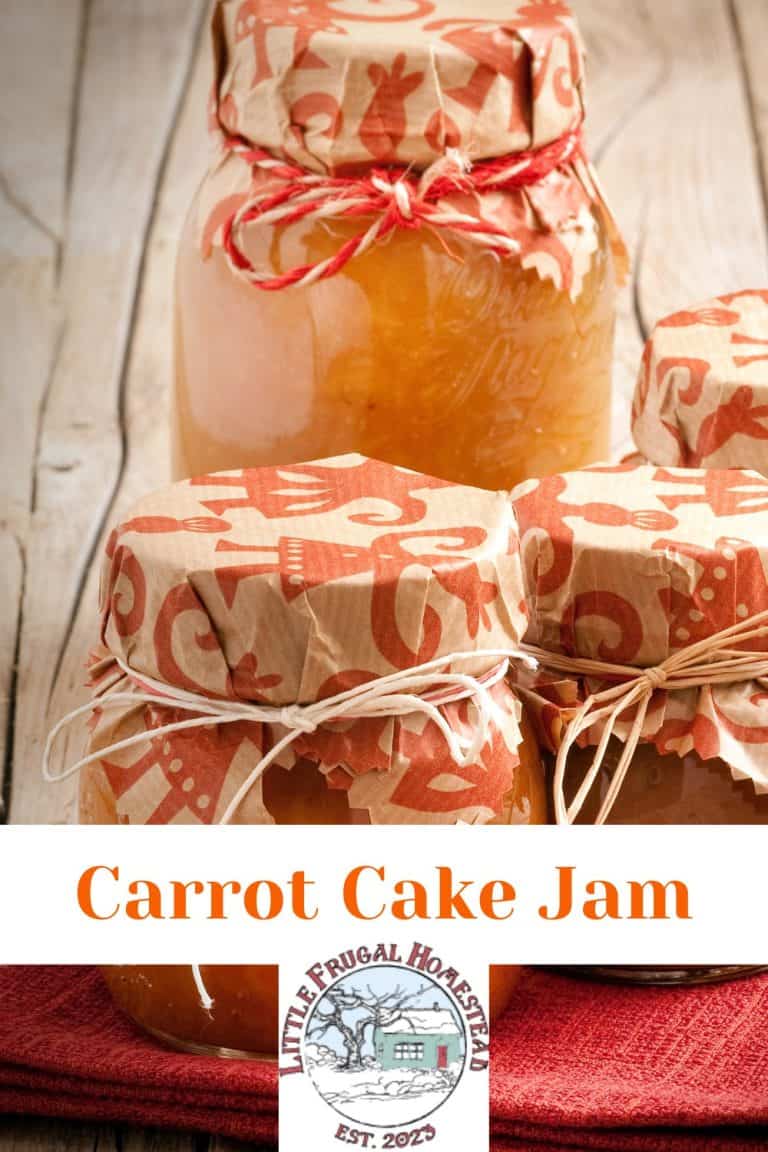The New Old Ways To Save Money On Food
Currently, households worldwide feel the pinch of rising living costs and inflation. These financial pressures are prompting many of us to seek creative ways to save money. Cutting costs and saving money within our food budget is particularly important to us. Our bills are pretty set in stone, but one flexible area is our food budget.

Whether we’re buying less food, using store coupons or apps like Ibotta we’re also turning to traditional cooking techniques. These methods not only offer financial relief but also bring nourishment and comfort. And we’re not alone. This resurgence in classic cooking highlights its relevance in providing economical and wholesome meals for families around the world.
The trade-off for classic cooking methods that provide financial relief is typically more time spent in the kitchen. Traditionally there was someone, often a woman at home, doing this work. With a little finagling these methods can still be used whether you’re in a household of one working full time, in a partnership where one or both of you work, or any other iteration of a household.
It’s no secret that families are feeling the squeeze of rising food prices. There may be a reprieve on the horizon. According to the USDA Economic Research Service, food prices in grocery stores may begin to decrease slightly in 2024. Will we be saving money in the near future? Finger crossed!
In the meantime, let’s look at some ways to reduce food costs and stretch our food dollars further.
Eating Seasonally
Seasonal eating is a natural way of eating AND saving money. Buy food when it is at its peak freshness. Coincidentally, the more seasonal a food is, the lower the prices may be while it’s in its prime. Match seasonal eating to meal planning and shopping through the sale flyers each week, and your food dollars will stretch farther.
By shopping for fruits and vegetables when they are in season, you can save more than 50% on the per-pound price.
— Leah Ingram, author of “Suddenly Frugal: How to Live Happier and Healthier for Less”
Have you ever foraged? This is another way to eat seasonally! You can eat a LOT of the weeds that grow in your garden. Don’t know what to eat you can look to your local Folk School and inquire about foraging classes. However, you can also ask around to find a local foraging mentor in your area.

Swapping Proteins
Beans and peas make many delicious, economical meals such as chilis, salads or falafel or veggie patties for sandwiches. Learn to cook with dry beans over canned beans and watch the food dollars stretch even farther. These are some of the most economical forms of protein you can find.
Preserving Food
Fermenting and canning are excellent ways to preserve seasonal produce, reducing waste and grocery bills. These techniques are cost-effective and environmentally friendly, aligning with the contemporary principles of eco-friendly living. Make jams, jellies or relish and preserve seasonal produce quick and easy!
Don’t overlook the old-fashioned idea of root cellaring. Many modern households can easily store vegetables such as carrots or potatoes in a cold room. These easy-to-store vegetables can allow families to buy in bulk in the fall to save money and enjoy them all winter long.

Classic cooking methods
Historically, cooking methods were developed out of necessity, efficiency and available resources. Past generations relied on techniques like slow cooking or braising to get the most out of leaner, cheaper cuts of meat, whether hunted or purchased. These traditional methods were not just about saving money; they were about maximizing flavor, nutrition and food longevity.
Reviving cost-effective cooking techniques
Today, the revival of these time-honored cooking methods of past generations is coming back into fashion.
Braising, for example, is a long, low-cooking style that allows less expensive cuts of meat to be done in a slow cooker. This method transforms tough, inexpensive cuts of meat into tender, flavorful dishes without hours of hands-on work.
Cooking once and eating twice is another time-honored trick of past grandmothers. Making one large meal that can be reheated or used in other ways generates more meals without much extra work.
Be forewarned that integrating these methods into contemporary lifestyles may not be seamless or painless. But with the advent of modern appliances like slow cookers, electric canners and pressure cookers, which automate these processes, many can fit into busy schedules.
Getting started with traditional cooking
Embarking on traditional cooking is easier than it may seem. Start with one simple comfort food recipe that requires minimal ingredients and equipment. Perfect the recipe by tweaking it as needed, and suddenly, you’ll be cooking like a grandmother. Staples like stews, soups, and casseroles are excellent for beginners to start making.
Modern adaptations of classic tools, such as programmable pressure cookers, can also be invaluable for implementing these age-old methods in a contemporary kitchen setting. Want tender pork chops you don’t have to babysit? Try them in the pressure cooker.
Slow cookers can give meals the feeling that they were tended to all day long while in reality, they practically cook themselves. Use the slow cooker to make the braised pot roast of your dreams.
Investing in a few budget-friendly tools like a basic slow cooker or a set of canning jars can make a big difference. Local buy-nothing groups are a great way to find these items for free when it all feels too expensive.
Weaving together the pieces of these strategies so that they work for you and your household will be something that you’ll refine, refine, and yet again refine. It won’t happen seamlessly or overnight but you can grow and change once you decide to do it.






